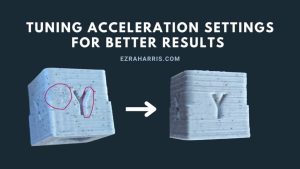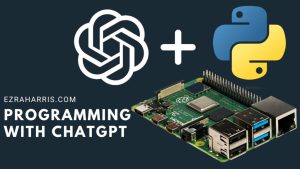Author: ezradharris
-

Optimize Invoice Management with Google Sheets, Make.com, and Monday.com
When a button is pressed inside monday.com, the invoice generation process starts…
-

Spotting Fake Phishing Emails
Yesterday I checked my Gmail spam folder, and I saw this email: The contents of the email are a general threat of a typical phishing email with the following: It threatened to lock your various email accounts and asked for $950 sent to a BTC wallet. This is a pretty obvious scam in many ways,…
-

Tuning Acceleration on my 3D Printer
Yesterday I got my Printrbot Simple Metal plus running, I had gotten it previously running, but it had significant build issues, mainly with no ease of access of the motherboard, when I designed the adapter for the SKR 1.4 motherboard to fit into the old Printrbot motherboard slot, I had no way of accessing the…
-

ChatGPT for Learning Programming?
I am honestly amazed by some of the technology. Using the power of this AI and my knowledge of basic programming, I could build a script that did all of the tasks I had before listed and display them to my display. And this was the result, a working screen display for my desk: